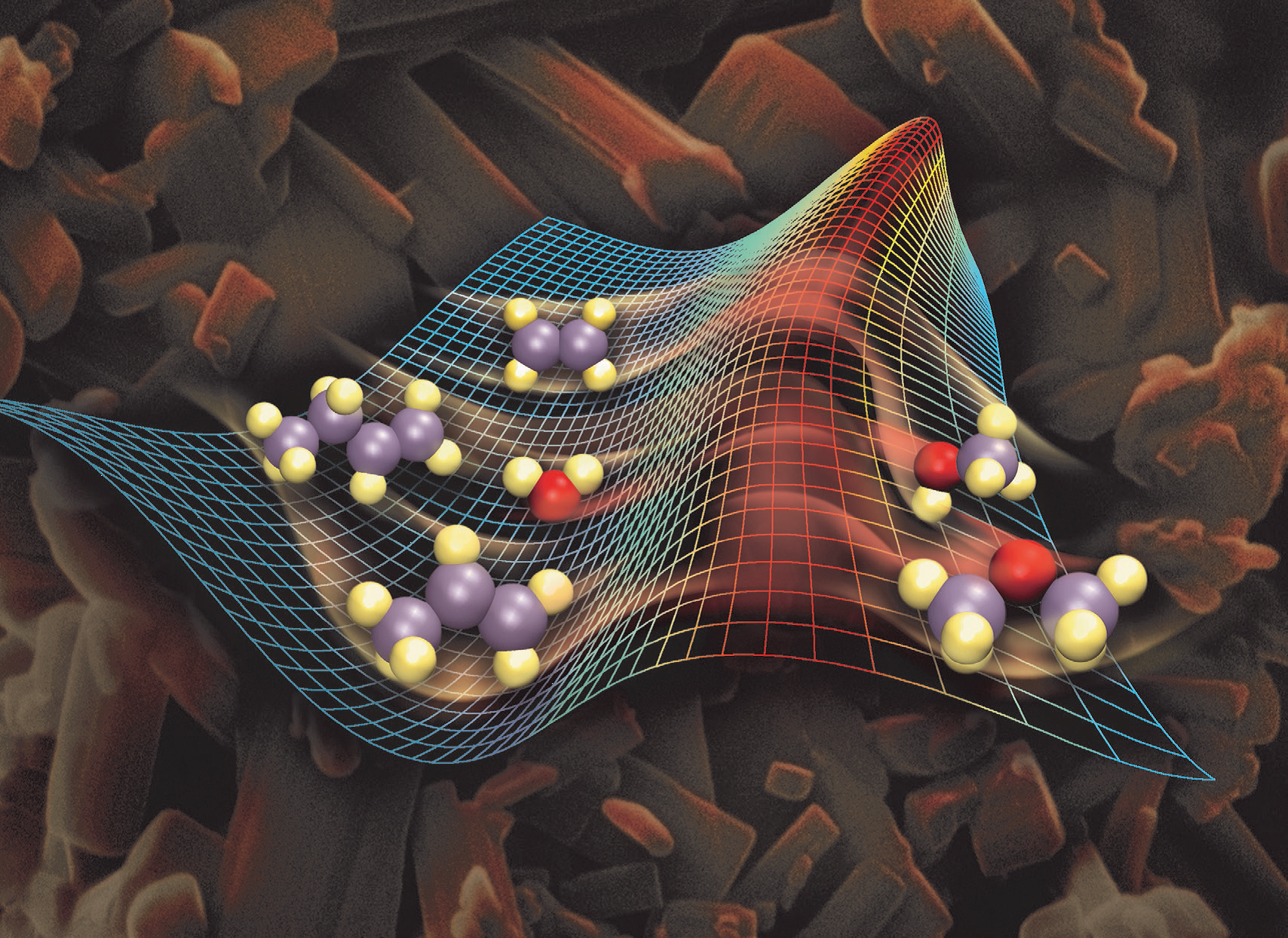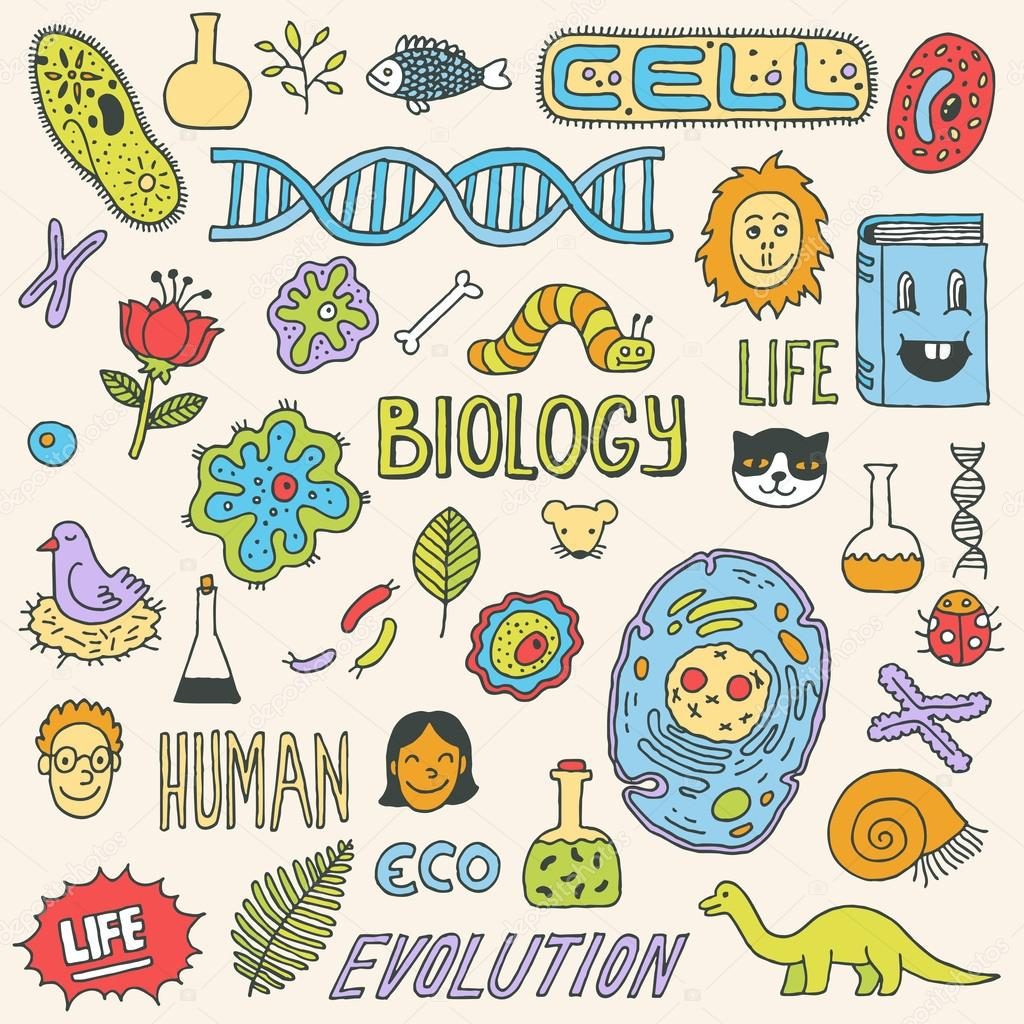By Dariga Atayeva, Year 12
If you take chemistry in the IB, you have probably covered kinetics. However, what the course does not cover in depth is the role of catalysts in the various chemical processes. I was fortunate to have the opportunity of attending a lecture at the University of Geneva where Organic Chemistry professor Igor Larrosa from the University of Manchester talked about his research team’s recent discoveries. Before I explain what I’ve learned about the team’s research findings, I should give a brief overview of the key concepts to broaden understanding.
Professor Larrosa’s research is focused on investigating how Ruthenium, a transition metal with atomic number 44, can be used as a catalyst in C-H activation reactions. C-H activations are reactions where carbon-hydrogen bonds are broken and the hydrogen is replaced by a functional group. These reactions are crucial in organic chemistry, pharmaceuticals and materials science. The use of catalysts in C-H these reactions speeds up the reaction and thus can be carried out in more environmentally friendly conditions where less energy is needed. The reactions that his team studies are classified as organometallic (meaning they are reactions between carbons and metals, such as Ruthenium).
Another term that’s important to understand here is selectivity. Selectivity in simple terms is the ability of a catalyst or reactant to bond to a specific product (in this case carbon) with minimal byproducts.
Professor Larrosa’s work on Ruthenium and C-H activation mechanisms is aimed at developing ideal ruthenium catalysts that will be less expensive and more environmentally friendly. Of course, as the lecture was mainly aimed at graduate level chemistry students, there was a substantial part of the lecture that I could not understand. However, I did learn that within the range of the mechanisms of these reactions, there can be as many as thousands of possible outcomes. Finding the right mechanism is important as it shows the rates of the reactions and their orders, which are essential to find the best ruthenium catalyst. The proposed mechanisms were such that the Ruthenium (II) ligand did not stay in the catalytic reaction and was exchanged quickly with the substrate of the reaction. RuAqua’s (the reaction’s precatalyst) ligand exchange rate is very fast and unstable so the team replaced the catalyst with RuAqua under low temperatures. It is important to note that these reactions were also carried out with photocatalysis (light energy). C-C bond formation between two heteroaryls as was done in this case could then be carried out via activation of the C-H formation through the ruthenium catalyst.
What this means is that ruthenium is very versatile and can undergo many synthesis reactions with low toxicity. This is a great discovery for pharmacology and fine chemical synthesis, and can be applied to medical treatments as molecules such as HIV, Nicotinamide riboside (vitamin B3 for better aging) and chemotherapeutic drugs for cancer. To sum up, the study of ruthenium catalysts is very important and applicable to our everyday lives as they show promising developments in drug research, especially for anticancer agents. They have become more attractive over the last two decades since more research has focused on it as they are cheaper than other transition catalysts, less toxic for the environment, have good selectivity and are more versatile.
So, if you are interested in modern pharmaceutical studies, which may revolutionize what were once incurable treatments, then maybe you should take a deeper look into ruthenium!



